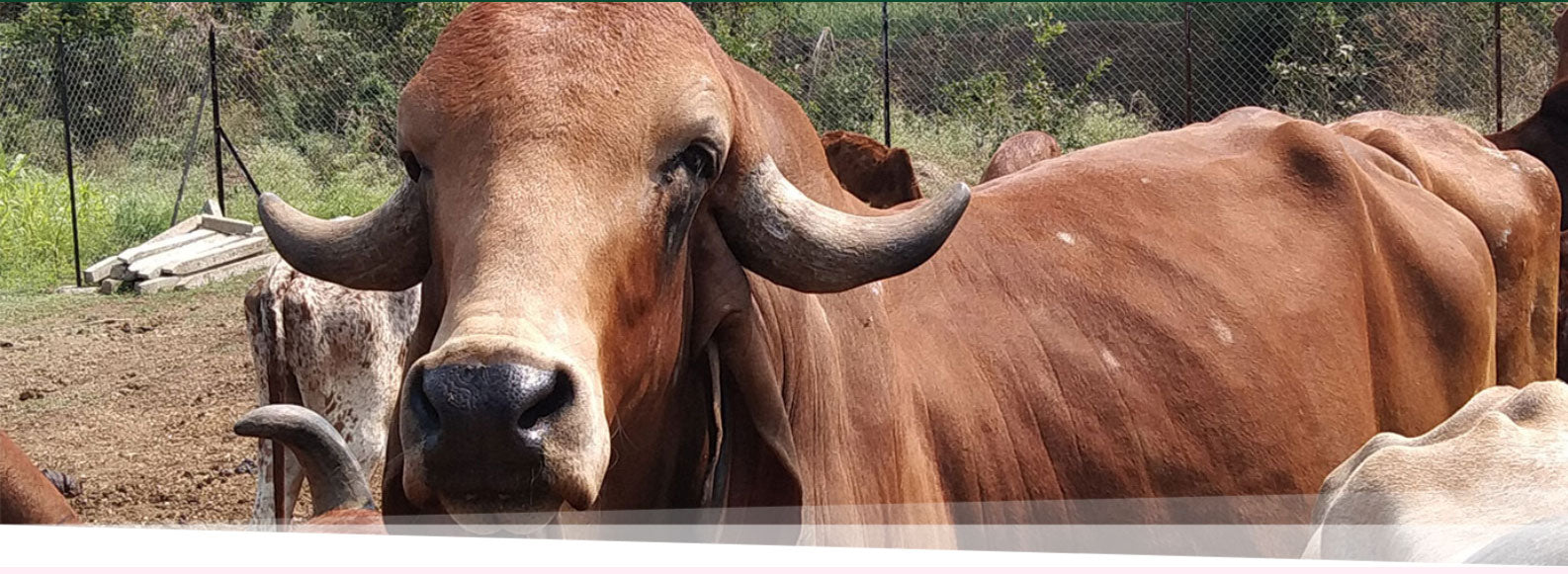
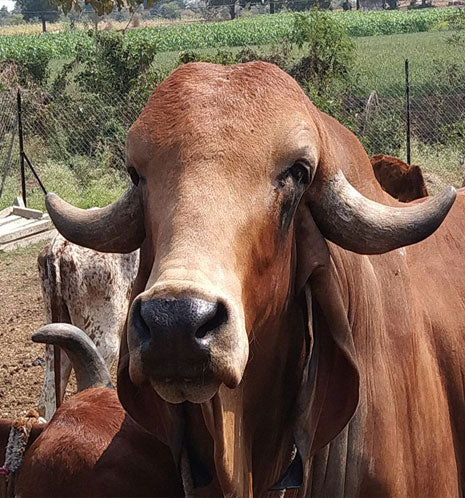
Indigenous Cow Breed Development
We maintain all pedigree details of the cows for healthy breeding and to avoid inline breeding. The main aim is to produce good quality calves for the future generation.
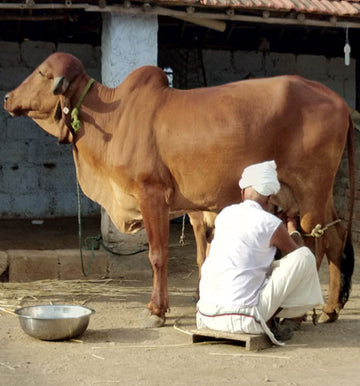
Essential features of indigenous (desi) cows
Due to good heat tolerance, desi cows can sustain in extreme climatic conditions.
• Due to global climate changes, the cattle's stress impact can lower the milk production adversely in the crossbreed cattle and affect their reproductive efficiency.
• Due to the heat tolerance capabilities of the Indian cattle, they also have better immunity against diseases.
• Indigenous cattle produce 'A2' milk that has a high level of A2 Beta-casein. Their cross-bread counterparts, on the other hand, produce A1 Beta-casein, which is considered harmful.
• The indigenous cattle require less amount of optimal nutrition.
• They can be specially used in agriculture and transportation due to hump and can survive in extreme climatic conditions. Today, there is a dire need to protect and conserve these indigenous cattle breeds.
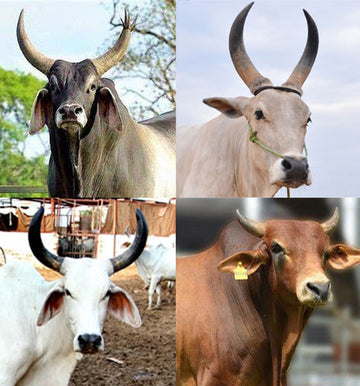
Need for protection and conservation of indigenous (desi) cows
There were 100 + indigenous cows breeds in India from them now only 36 + can be identified.• There has been a rise in the number of HF and Jersey cows to get higher mild yields. It has made our indigenous breeds near to extinction.
• However, since ancient times, indigenous breeds play a significant role in agriculture and transportation activities.
• Though the crossbreeds produce more milk than desi cows, they are not suitable for Indian climatic conditions. The result is an increase in diseases.
• Few indigenous cows have enormous high yielding potential. Examples are the ‘Gir’ or ‘Gyr’ from Gujrat and ‘Sahiwal’ from Punjab. If these breeds undergo a selective breeding program, it will improve their characteristics and milk yield.
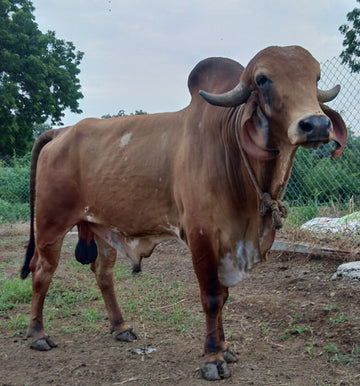
Program objectives
Promote a cattle breeding program for the indigenous cattle by selective breeding using artificial inseminations.
• Improve genetic makeover of the cattle as per their proper biological characteristics.
• Increase the number of good quality high yield stock. To distribute disease-free high genetic merit bulls for local cow keepers for improving their herd.

